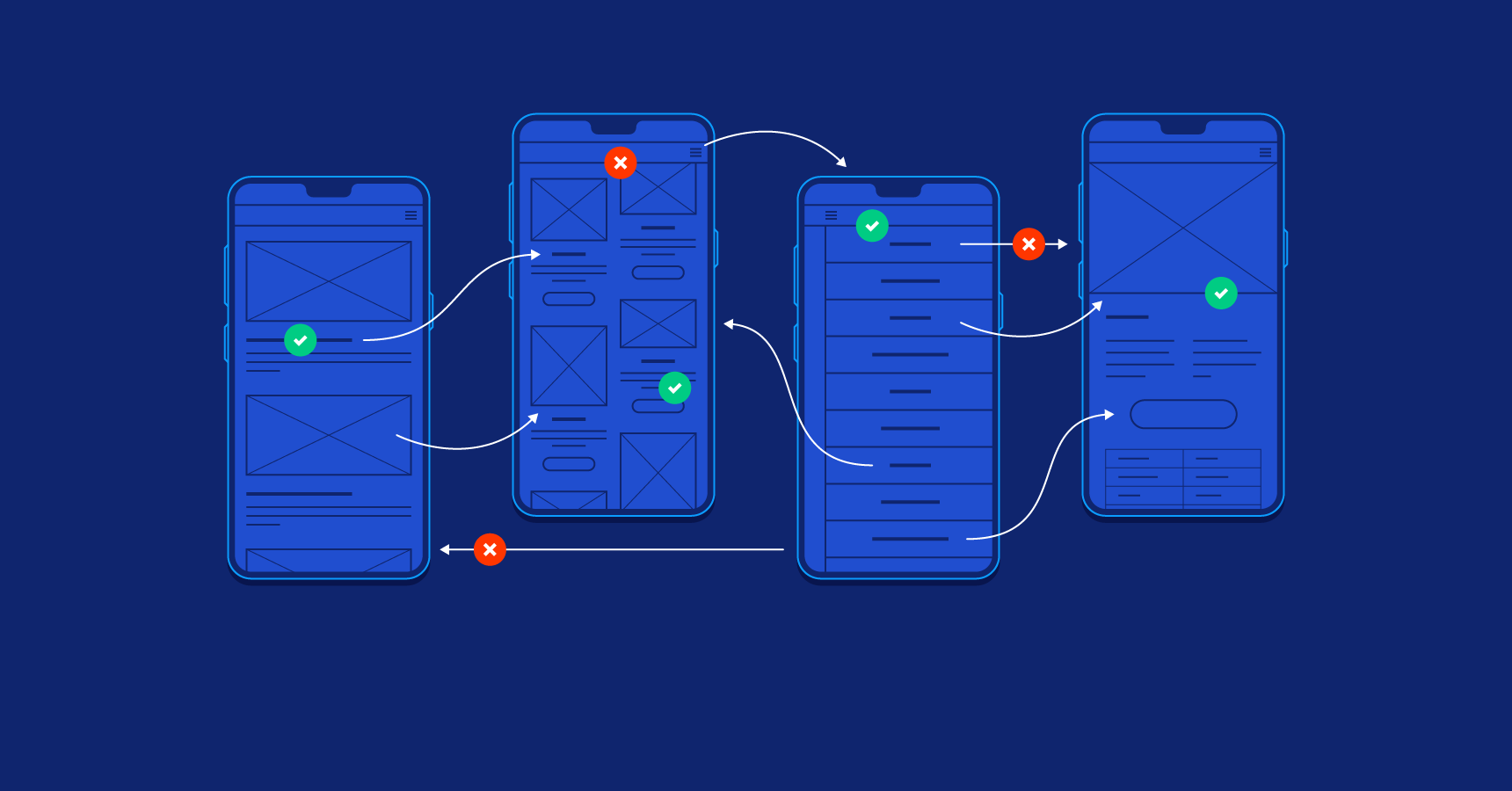Building User-Centric Apps: A Guide to Effective UX in App Development
Grasping Client Driven Plan:
Client driven plan puts the client at the focal point of the application improvement process. It includes relating to clients, grasping their objectives, and planning an application that flawlessly lines up with their necessities and inclinations. Client driven plan goes past style; it includes the whole client venture, from the principal collaboration to achieving assignments and accomplishing objectives.
Key Standards of Client Driven Plan:
Client Exploration: The groundwork of client driven plan is careful client research. This includes gathering experiences into client socioeconomics, ways of behaving, trouble spots, and yearnings. Leading studies, meetings, and convenience testing assists engineers with acquiring a profound comprehension of their main interest group.
Straightforwardness and Instinct: A client driven application is natural to utilize, in any event, for first-time clients. Working on complex cycles and limiting mental burden improve the general client experience. Mess free points of interaction and clear route add to an application’s usability.
Personalization: Fitting the application experience to individual client inclinations can altogether improve client commitment. Personalization can go from prescribing pertinent substance to permitting clients to redo their application settings and formats.
Consistency: Consistency in plan components, like tones, typography, and symbols, makes a firm and natural client experience. Consistency constructs trust and lessens disarray for clients as they explore through the application.
Criticism and Cycle: Client criticism is priceless in refining the application’s client experience. Routinely assembling criticism and iteratively working on the application in view of client input guarantees that the application persistently advances to meet client assumptions.
Planning for Client Driven UX:
Client Streams: Outlining client streams pictures the excursion clients take inside the application. Figuring out client ways and touchpoints empowers creators to streamline cooperations and expect client needs.
Wireframing and Prototyping: Making wireframes and intelligent models permits planners to test and approve plan ideas before advancement. This iterative interaction distinguishes convenience issues and refines the UI.
Openness: A comprehensive client driven application thinks about availability for all clients, incorporating those with inabilities. Integrating highlights like screen perusers, customizable text dimensions, and clear difference proportions guarantees that the application is usable by a different crowd.
Microinteractions: Microinteractions are unobtrusive livelinesss and criticism that upgrade client commitment. From button press livelinesss to stacking markers, very much planned microinteractions add to a cleaned client experience.
Estimating Client Driven Achievement:
Estimating the outcome of a client driven application goes past download numbers. Key execution pointers (KPIs, for example, client consistency standards, commitment measurements, and undertaking fulfillment rates give experiences into how actually the application addresses client issues and assumptions.
All in all, constructing a client driven application requires a comprehensive methodology that puts the client’s insight and fulfillment at the front. By figuring out client ways of behaving, sticking to plan standards, and repeating in light of criticism, engineers and originators can create applications that address client issues as well as surpass their assumptions. In a cutthroat application market, client driven plan can be the separating factor that drives long haul achievement and client reliability.
various client base productively and cost-actually. While it offers a few benefits, for example, code reusability and cost-effectiveness, designers should cautiously consider the potential disadvantages like execution impediments and UI/UX challenges. The choice to settle on cross-stage advancement ought to line up with the particular objectives, interest group, and specialized prerequisites of the venture.
By gauging the upsides and downsides and pursuing informed choices, engineers and organizations can bridle the force of cross-stage advancement to make significant and effective applications that resound with clients across different stages.

